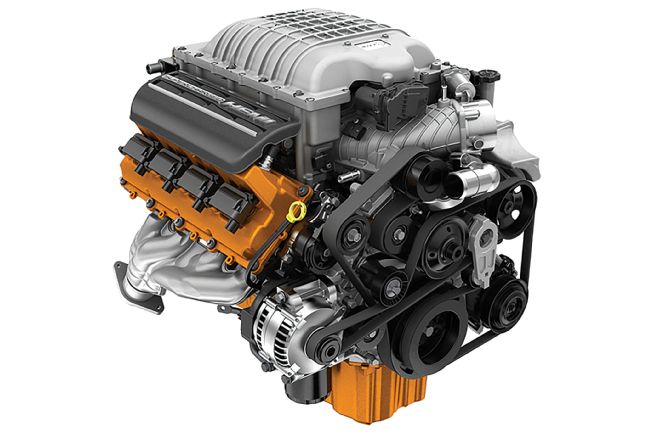P2183 Engine Error Code
When you check engine light came on code P2183 the reason should be Engine Light ON (or Service Engine Soon Warning Light). However your vehicle's manufacturer may have a different definition for the P2183 OBD-II Diagnostic Powertrain (P) Trouble Code. So you should chech it on your car models.
P2183 Code Symptoms

|
Parts or components should not be replaced with reference to only a P2183 DTC. The vehicle service manual should be consulted for more information on possible causes of the fault, along with required testing. |
The crankshaft sensor signals the fuel injection computer or the ignition control when the cylinders are firing. This causes the ignition coil to provide a spark and the injector to inject fuel into each cylinder at the right time.If either sensor isn't working correctly, the car will run rough and the engine will be less efficient. In later car models, the car's computer can usually keep the vehicle running, but the engine warning light on the dashboard goes on to warn the driver.
P2183 OBD-II Diagnostic Powertrain (P) Trouble Code DescriptionP2183 Engine Coolant Temperature Sensor 2 Circuit Range/Performance so you have to check ODB-II Engine Error Code list.P2183 Code Review :The reason of P2183 OBD-II Engine Error Code is P2183 Engine Coolant Temperature Sensor 2 Circuit Range/Performance. |
P2183 Code Dictionary Meaning:

|
-
2 - MFG - Manufacturer Specific 1 - Fuel And Air Metering 8 - Crankshaft Position Sensor Circuit Performance 3 - TFP Valve Position Switch-Drive Without Drive Ratio |
How long can you drive with a P2183 code ?
If your vehicle is displaying a P2183 OBD2 error code but is still running and driving normally, it means that the issue might not be immediately critical or causing immediate harm to the vehicle. However, it's important to address the issue as soon as possible for several reasons:
- Potential for Worsening
- Decreased Fuel Efficiency
- Emissions Testing Compliance
- Risk of Further Damage
- Safety Concerns
- Legal Considerations

